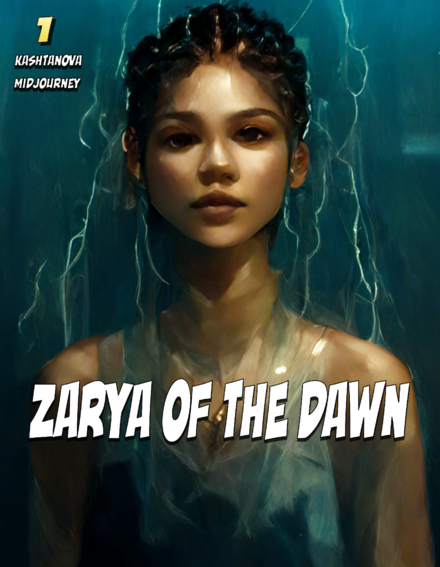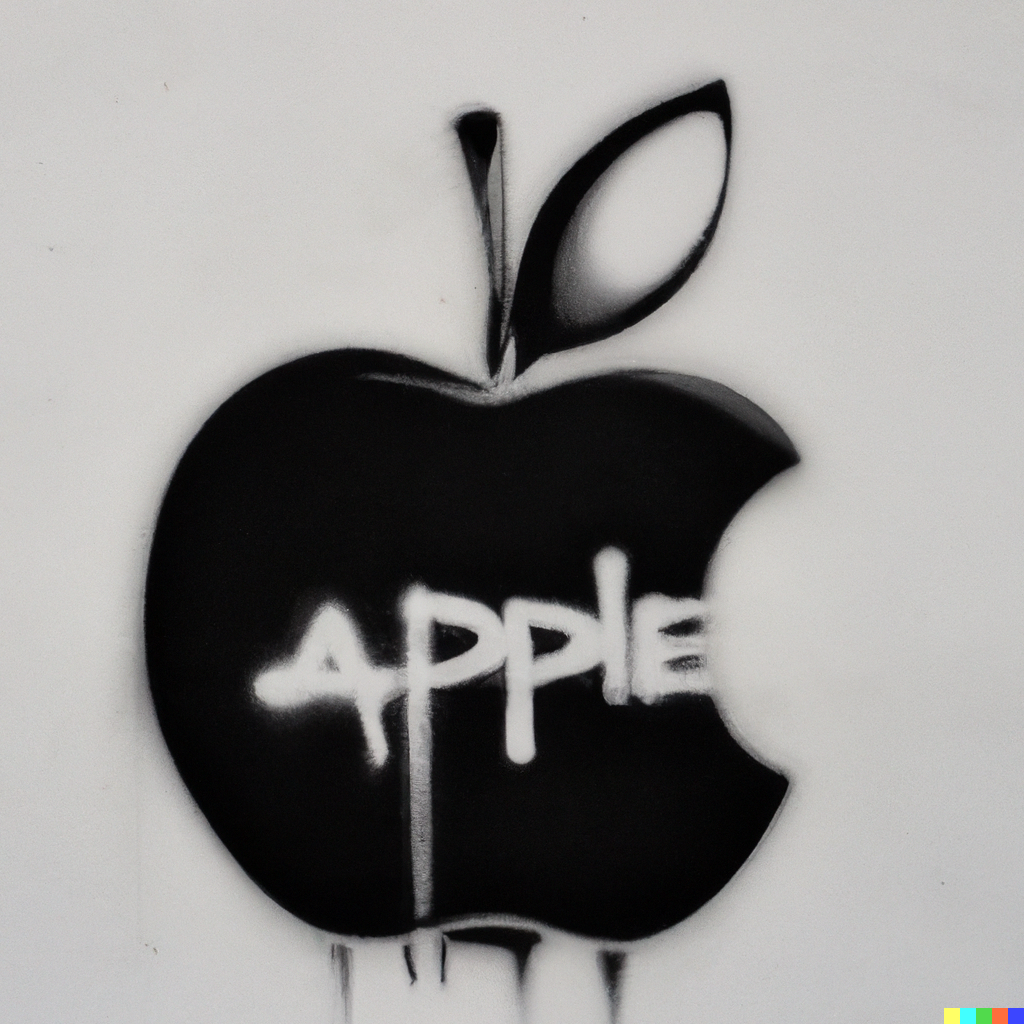
Here at Reach we are always talking about the latest advancements in AI technology. Talking robots, AI voice detectors that can tell if you’re pulling a sickie when you call in ill, or messing around with ChatGPT to write stories about alpacas. All this talk got me thinking a bit closer to home, with something we do every day here at Reach; creating imagery. Who actually owns AI-generated imagery? Can you use them commercially? Is it ethical to do so, if it’s based on other people’s work?
As the field of artificial intelligence continues to advance and spread its way to the general public, we find ourselves in the “wild west” of AI image creation. The boundaries of legal and ethical use are yet to be clearly defined. With AI-generated imagery becoming increasingly prevalent in commercial applications, it is crucial for businesses and creators to understand the evolving legal landscape surrounding its usage. Today, I’m exploring the current challenges surrounding the legal use of AI-generated imagery and discussing potential developments and guidelines that are likely to shape the future of commercial AI imagery.
Current Intellectual Property and Copyright Considerations
Whilst there are nuances and challenges within copyright law, the rules have been relatively set-in-stone for many years. People know what can and can’t be used, licensing, fair use, transformative works, etc. I won’t cover any of that today. We’re talking about what needs to be considered when generating AI content for commercial use.
In terms of current laws, pretty much anything you generate by these programs seems to be fair game. Whilst artists are filing class-action complaints against Midjourney, Stability AI and other platforms, and Getty Images is joining in on the legal action, nothing seems to be aimed at end-users so far.
That isn’t to say you should just do whatever you want. There is still a possibility that the legal responsibility could fall to you, should a copyright dispute arise. Midjourney and OpenAI say you can use generated works commercially and that they will work with copyright owners to overcome any issues, but diving into the terms of service shows that they will accept no liability in legal disputes. In fact, DALL-E specifically says that it operates at the end-users’ risk, offering “no guarantees or promises” when it comes to usage.
There are also arguments about ownership of content. Some argue that the human that trained the AI is the owner of the copyright. End-users may argue that they own the art, since they filled in the prompt to create it. Meanwhile, artists who have had their art included in the training model may also feel some ownership is owed to them. So, who should own the copyright, if there is any ownership to be had?
Can you copyright AI-generated images?
An interesting case has developed over the last few months in the US. Author Kris Kashtanova used the AI system Midjourney to create the art in their graphic novel, “Zarya of the Dawn.” She then claimed to be the first person to receive copyright for an AI-created work. Upon discovering this, the US Copyright Office put the case under review and eventually overturned the decision to grant it copyright, as they were unaware that the images were generated by AI.
They then had to release a statement of policy to clarify that only human-made creations are eligible for copyright.
“The fact that Midjourney’s specific output cannot be predicted by users makes Midjourney different for copyright purposes than other tools used by artists.”

“A human may select or arrange AI-generated material in a sufficiently creative way that ‘the resulting work as a whole constitutes an original work of authorship.’ Or an artist may modify material originally generated by AI technology to such a degree that the modifications meet the standard for copyright protection.”
As a result of this case, those applying for copyright protection will now have to declare whether or not AI was used during the process of creating the work, which will have to be detailed for the Copyright Office’s considerations.
Essentially, if you create an image using AI, you can not copyright that image yourself unless you personally transform it – not by writing prompts. This means that others would be free to use your creation within their own commercial projects without repercussion.
Ethical Considerations
The non-AI art world is currently in turmoil across social media. In general, from both traditional artists and digital artists (Non-AI digital artists… traditional digital artists? Have we arrived at that turning point already?), there is a dislike of AI-generated imagery. Of course there is. For starters, it is disruptive to their industry. Some people that may have turned to artists in the past are instead turning to AI. It’s cheaper. It’s faster. It’s inevitable – artists are going to lose out here.
However, this isn’t the only concern for artists. There is also the fact that many artists have had their art included in the training models for AI image generators without their knowledge or explicit consent. In some cases, the artists can even be referenced to “inspire” the end result. Whilst this would definitely fall under fair use for artists such as Rembrandt or Monet, as they are in the public domain, is this fair for artists that are still alive and active in the industry, such as Banksy or Greg Rutkowski? Both have been prominent targets for AI users, due to their unique and popular styles.
For example, I put this to the test with DALL-E from OpenAI. Let’s say Apple wanted to make an ad that featured a Banksy style version of their logo. After typing in just 4 words (Apple logo, Banksy graffiti), I receive 4 images, with one of them being exactly what I was looking for. Should Apple be allowed to use this, if they so wished?

Whilst it isn’t for us to say what businesses should be doing, as people will have differing opinions, budget constraints and other reasons for doing what they do, there are some things that could be deemed more ethical, should businesses wish to approach AI-generated imagery in this way:
- Ensure that whichever program you are using allows commercial use.
- Ensure that whichever program you are using has the correct permissions to use the images in the training model.
- There are some systems that only use stock images, such as Adobe’s Firefly, which is currently in beta.
- Use AI for inspiration, but commission artists to create the end product.
- Respect individual artist’s wishes.
- The aforementioned Greg Rutkowski has been very vocal about wanting to distance himself from AI-generated images in his fantastical style. Continuing to replicate this via AI for commercial gain could be seen as unfair.
How the AI-generated imagery industry could evolve
Going forward, we can expect to see a lot more legal issues surface with AI imagery, from using people’s likeness to artists’ styles being replicated for commercial use without permission. Here are several things we expect to happen within this space over the next few years:
- More specific guidelines will be released to provide a framework for businesses and creators to legally navigate the boundaries of incorporating AI-created content while respecting intellectual property rights and ensuring proper attribution.
- Standardised metadata or watermarking techniques to explicitly indicate AI-generated elements within an image.
- An increase in AI algorithms that can generate original and distinctively unique images to minimise the risk of infringing upon existing copyrighted works.
- A shift in licensing models and royalty structures to accommodate the unique nature of AI-generated imagery. New licensing frameworks might emerge to address the ownership, distribution, and monetisation of AI-generated content.
- An increase in AI programs that will be able to detect copyright infringement within AI-generated content.
- An increase in AI image generators that only use stock, royalty free or public domain images, specifically for commercial purposes.
As the use of AI-generated content continues to proliferate across commercial uses, the legal, regulatory and ethical landscape will continue to evolve. Discussions are underway in regards to the ethics of AI and IP law, which should soon result in clearer guidelines, licensing frameworks, and industry standards that will facilitate compliance of AI-generated imagery. Businesses, creators and artists will all need to keep a close eye on developments over the next few years to ensure they stay informed and adapt their practices accordingly.
Here at Reach, we will continue to evolve with the times, utilising AI when appropriate to assist with our workflows, but you can never beat the human touch!